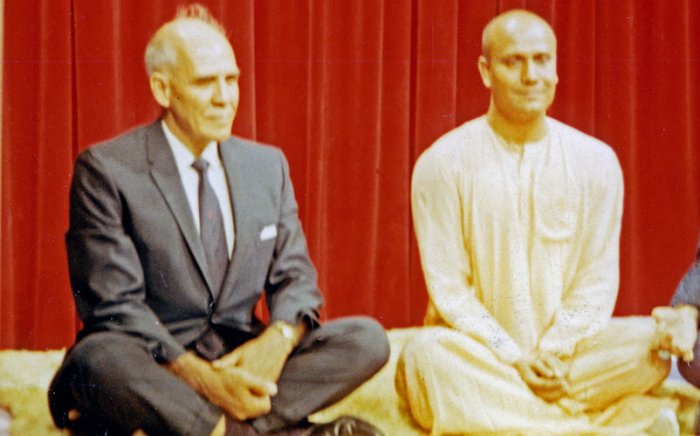 Contributed by Sunamita Lim. Mention vegetarianism to many people and immediately certain questions and exclamations will spring to mind! We aim to answer some of these: Breakfast and lunch I can manage, but what about dinner? We are all so used to having chicken or lamb on the plate for dinner that the mind goes blank when it has to think of an alternative! The suggestions below are all high in protein and have that meaty texture that many people miss.
Contributed by Sunamita Lim. Mention vegetarianism to many people and immediately certain questions and exclamations will spring to mind! We aim to answer some of these: Breakfast and lunch I can manage, but what about dinner? We are all so used to having chicken or lamb on the plate for dinner that the mind goes blank when it has to think of an alternative! The suggestions below are all high in protein and have that meaty texture that many people miss.
Tofu
Made from soya beans, tofu can be purchased very cheaply in Oriental food stores (or very expensively in health food shops). It comes in different forms but the most common variety is sold in packaged blocks and has to be kept refrigerated. The easiest way of cooking tofu is by chopping it up into one inch squares and frying it – you can fry the pieces until they just barely turn golden brown or burn them to a crisp, depending on your liking! Tofu on its own has a slightly bland flavour but it is great at soaking up the flavours of whatever else you put in beside it – many people put Season-All spice or tamari or soy sauce over them before frying them.
Textured Vegetable Protein(TVP)
Also made from soya beans. It can be bought from health food stores and usually comes in either chunks or mince. The great thing about TVP is that there is no cooking involved – just add the mince to whatever sauce you’re doing up, with some water (or milk if you want your sauce creamy) for the mince to soak up, whereas the chunks are left in boiling water for 10 minutes or so.
Supermarket alternatives
Vegetarians in developed countries are doubling in number every seven years, and there are always new things appearing on supermarket shelves to try and fill the demand. Try Quorn – a range of burger, sausage and mince products made from high quality mushroom protein. Linda McCartney’s is another range of vegetarian products and many stores e.g. Tesco’s are bringing out their own range of vegetarian burgers and sausages.
Beans and Lentils
Beans together with cereals (which we eat anyway) give us the complete range of amino acids to make up protein. There are a few varieties of beans you can but in tins and heat up, or alternatively (and more nutritiously) you can buy them in dried form – but bear in mind many varieties of beans require soaking overnight and quite a bit of cooking before they soften.
But didn’t I read somewhere that there wasn’t enough iron or protein in a vegetarian diet?
Well, the main reason for the iron deficiency is that nobody (vegetarian or otherwise) eats enough fresh green vegetables like broccoli or spinach which would more than compensate for the iron lost by giving up meat. However, if you can’t bring yourself to eat your greens, then iron can be obtained in supplement form.
As regards the protein: In addition to the dinner options above, you could also try introducing more eggs, milk and cheese into your diet – omelettes and cheese toppings on the dinner, for example.
Another source of protein that is very much overlooked is nuts. Nuts also happen to be full of monounsaturated fats, which many health food experts reckon we can’t get enough of. Try putting some on the cereal in the morning, or carrying some around with you if you’re fond of snacking.
As Sri Chinmoy says “it is not meat that gives you strength, but your idea about meat that gives you strength”.
Many people have found that the switch to vegetarianism, gave them added vitality and ‘lightness’- and rid them of feeling like they had a bowling ball in their stomach after mealtimes. The health benefits are manifold – vegetarians typically have a diet with less saturated fat and cholesterol, higher fibre intake, and a stronger immune system, and in fact outlive non-vegetarians by six years on average.
A vegetarian diet in no way inhibits ability to undertake strenuous physical activity – this year’s Sri Chinmoy 3100 Mile Self-Transcendence race (the world’s longest certified road race) was run solely by vegetarians.






















 Contributed by Sunamita Lim. Mention vegetarianism to many people and immediately certain questions and exclamations will spring to mind! We aim to answer some of these: Breakfast and lunch I can manage, but what about dinner? We are all so used to having chicken or lamb on the plate for dinner that the mind goes blank when it has to think of an alternative! The suggestions below are all high in protein and have that meaty texture that many people miss.
Contributed by Sunamita Lim. Mention vegetarianism to many people and immediately certain questions and exclamations will spring to mind! We aim to answer some of these: Breakfast and lunch I can manage, but what about dinner? We are all so used to having chicken or lamb on the plate for dinner that the mind goes blank when it has to think of an alternative! The suggestions below are all high in protein and have that meaty texture that many people miss.

